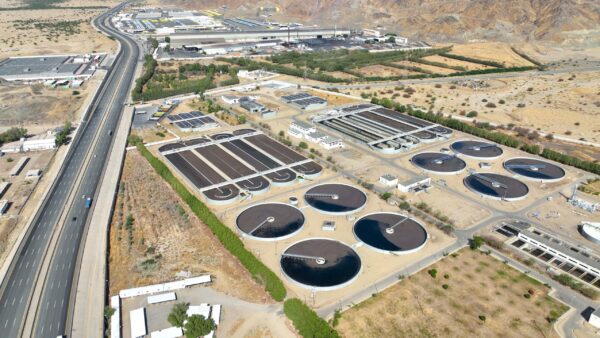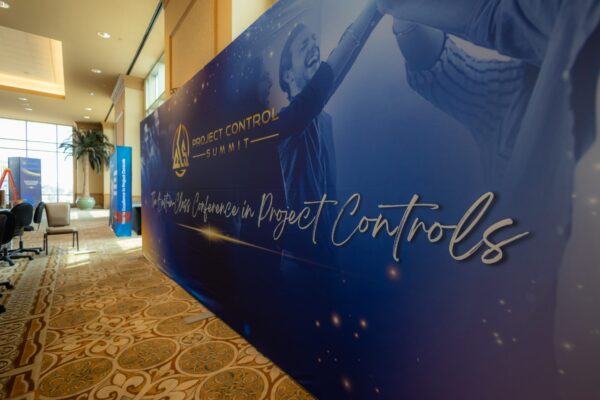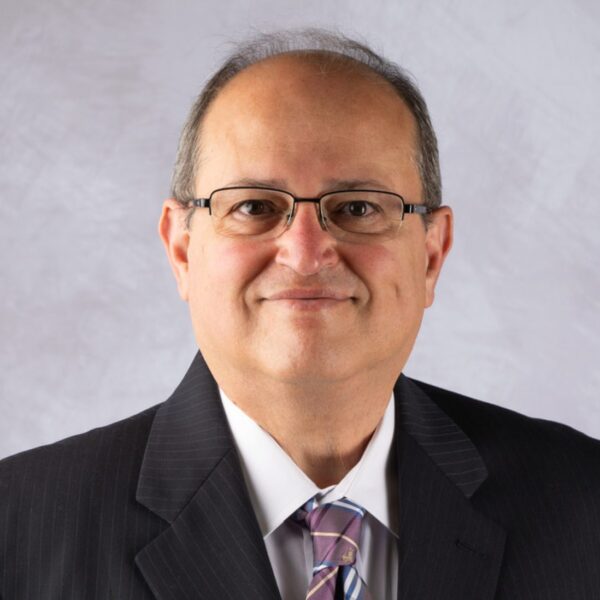

Northeastern University in Boston broke ground on a long-awaited revamp of a city park that will benefit both university students and families from the surrounding South End and Roxbury Crossing community.
As part of the Carter Playground project, an existing, outdated athletic field and children’s playground will be renovated and overlaid with two artificial turf athletic fields. The new and expanded, 6.7-acre park, located on Columbus Avenue, also will include five tennis courts, a children’s splash pad, walking paths, passive recreation areas, and new lighting. In addition, one of the two fields will be fitted with an air-supported seasonal dome, allowing recreation to continue during Boston’s cold New England winters.
The design and procurement are completed, and construction will now begin in earnest, said Ian Parks, a Hill International project manager who is helping the university manage the project. Hill is providing owner’s representative services for the $26 million project. Work is expected to be completed in the summer of 2018.
The Carter Playground will be open to both students and city residents alike, including local soccer, little league baseball, softball and adult sports leagues, and Northeastern Club and Intramural sports. Local high schools also may use the fields for practice. Tenacity, a greater Boston youth tennis group for under-served kids, plans to utilize the tennis courts for its programs and city-wide tournaments.
As part of the planning and design processes, a series of public meetings were held to gauge residents’ feelings about the project and get valuable feedback on the project’s end uses. “Feedback from the community has been very positive,” Parks said. “Residents are excited about the project and about the upgrades that are being planned.”
The Carter Playground project will be built by the University and owned by the City of Boston. The project team will need to coordinate work with various city and state agencies, as well as the National Park Service, because the park falls under the auspices of the Land and Water Conservation Fund Act.
The project team also will need to coordinate with Amtrak and the Massachusetts Bay Transportation Authority, because rail lines used by the MBTA’s Orange Line and by Amtrak run alongside the park, and a rail station is located nearby.
“During the installation of athletic light poles, for example, which are 90 feet in height, they’ll need to have flagmen in place to ensure that the installation doesn’t interfere with rail service,” Parks explained.
The campus and surrounding areas are busy, Parks added, which will add to the project’s complexity. “Operating in an urban environment is definitely a consideration,” he noted. “There is also a lot of activity and construction happening on adjacent properties, including an 800-bed dormitory building, and an expansion of the University’s Squash Busters facility.”
Hill meets weekly with the University facilities staff, the City of Boston and the private developer of the adjacent dorm project “to make sure they’re all communicating and not stepping on each other’s toes.” Parks said his team also will coordinate with stakeholders involved in the Squash Busters project.
“In addition, the city wants to repave and improve pedestrian movements along Columbus Avenue in June, so all of the related utility work needs to be done in May,” Parks added.
Geotechnical issues and site grading also will warrant attention, Parks said. “There are substantial organics and urban fill material in the soils, so we have to do pre-loading and surcharging of the site. Debris in the soil, including wood and other deleterious material, make it a softer soil. As you build on it, it compresses, so we want to combat the [resultant] differential settlement,” he said. “A portion of the site has been nothing but a parking lot, and we are raising the grade about a foot and a half in this area, so we want to make sure that we’ve compressed the soils for stability before we start building turf fields on it,” Parks added.
Parks said he is eager to see the air-supported dome go up. Made by the Farley Group of Toronto, the dome will be anchored by 124 micro-piles drilled into the ground, and by a concrete grade beam installed just underneath the turf surfacing around the perimeter of one of the field’s soccer footprint.
“With a structure like this, ‘anchor’ is more important than ‘foundation.’ You’re more concerned about uplift. The dome is attached to the three-by-five-foot grade beam, which is hidden underneath the turf so that when the structure is taken down in the spring, you won’t know it’s there.”
The air structure also will contain lighting, WIFI, fire alarm and security systems, and is held up by air and heat through the use of an air handling unit. “The air structure is pretty unique,” Parks said. “It is a very fascinating aspect of the project.”
The groundbreaking for the Carter Playground project comes on the heels of the completion of the University’s nearby Integrated Science and Engineering Complex, a highly aesthetic, six-story building also located on Columbus Avenue. The ISEC will be home to multi-disciplinary research groups in areas such as robotics, drug discovery, cybersecurity, and tissue engineering. And, nearby, plans are under way by University to construct a pedestrian bridge that will span the Amtrak/MBTA rail lines and will functionally and aesthetically connect the two sides of the campus. Work on the bridge is expected to begin this fall. The University also is renovating and expanding its Squash Busters athletic facility, located just southwest the playground. The expansion will incorporate a 4,100-square-foot addition and a 3,100-square-foot exterior space to provide more room for the university’s athletics programs.
Hill helped manage design and construction of the ISEC, and now is working with the University on the pedestrian bridge and Squash Busters projects, in addition to the Carter Playground project. The projects are part of a ten-year capital improvement program at the University.
“Hill is supporting the university’s facilities management group in managing day-to-day construction activities,” explained Joseph Naughton, Hill Senior Vice President and New England Regional Manager.
Parks moved from Hill’s New York City office to Boston to work on the ISEC project. He enjoys his new hometown of Boston, and is looking forward to continuing his work at the Carter Playground. “Working with the facilities department at Northeastern University has been a fantastic experience,” he said.
Parks said that he, Project Controls Manager Allyson Toner and Vice President Joe Reilly are equally excited about the Carter Playground project, and its importance to the surrounding South End and Roxbury Crossing neighborhoods.
“It will be a nice place for kids to play, for sports, and for families to enjoy,” he said. “I think the community is going to love it.”
by Tricia M. McCunney
Share

June 23, 2025 | Articles
Jeffrey Hurley Joins Hill’s Northern California Rail Practice

June 23, 2025 | Articles
Ready, Set, Grow: First VP Chad Koelling Takes Charge of Hill’s Mountain West Region

June 8, 2025 | Articles
PMO in Saudi Arabia: The Holistic Approach to Realizing a National Mega-Portfolio

June 1, 2025 | Articles

May 26, 2025 | Articles

May 12, 2025 | Articles
Keeping Your Water/Wastewater Programs Flowing with Public Relations

April 27, 2025 | Articles
Oiling the Machine: Steps to Successful Permitting on Infrastructure Megaprojects

April 20, 2025 | Articles
Sustainable Scaling: Solutions for Managing Risk on Europe’s Data Center Projects